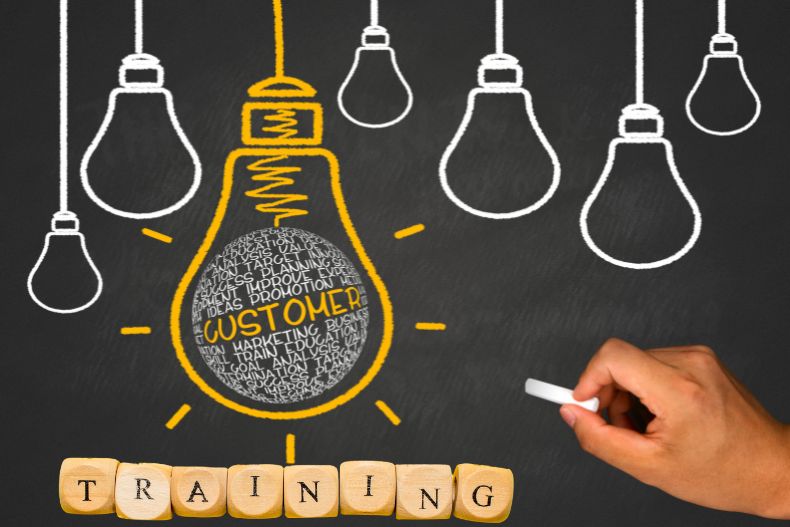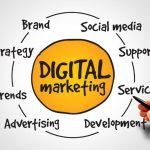It is essential for businesses to not only make their customers aware of the products they offer but also learn how to use them effectively. Customer training is important in helping users harness what they know and turn it into useable knowledge that will make their efforts a success. Using these customer strategic training strategies, businesses can equip their customer care reps with the ability to keep customers happy and loyal for life.

1. How Significant is Customer Training?
Customer training is more than a service; it’s an investment in your client’s success and one that can have huge implications for the reputation of your company.
Enhanced training programs such as ZoomInfo’s customer onboarding make sure customers can optimize the benefits of your product or service which fuels better engagement and results. So that when customers are properly trained, they will appreciate the value of what you offer, leading to their loyalty, and in turn, the rejection of competing offers.
2. Customising Training Solutions To Cater For Your Customer
There is no one-size-fits-all customer training. Every customer has different criteria and desired outcomes, as well as differing ways of learning — your training program should reflect this. First, get to know the specific struggles of your customer and their goals.
Which now enables you to have the opportunity of tailoring your training content so that hit it where it hurts most. By providing audience-specific, a la carte style training in different formats (webinars/video tutorials/interactive workshops), various learning channels can be satisfied ensuring well-received and retained value from each session.
3. Hands-On Learning Opportunities
One effective way to convert knowledge into skills is by enabling customers to experience and become comfortable with using your product in real-world situations. This helps build the necessary confidence for effectively using the product. Integrating hands-on learning through training simulations, live demonstrations, and guided exercises is a great method to provide practical exposure during the training program. This approach not only reinforces theoretical learning but also helps customers troubleshoot common issues and explore advanced features in a controlled manner.
4. Technology for Better Learning
When implemented correctly, technology can be incredibly beneficial to customer training in providing new avenues for content deployment and results tracking. For instance, learning management systems (LMS) can serve as centralized locations where buyers come to take courses and are awarded certificates. Moreover, including gamification features quiz mechanical assembly, pioneer sheets, and prizes can help recharge the learning experience and drive customers to make a move.
5. Assisting With Ongoing Resources and Support
After the initial sessions have concluded, training should not stop. Keeping the supportive cycle unbroken is important here to make sure, customers may use whatever they learn over time. Offering continuous resource access, such as through a knowledge base, FAQs or community forums helps your customers self-serve and fill in the gaps for readily answered questions and updates on new functionalities or best practices.
This means that regular refresher sessions — whether in the form of webinars or one-on-one consults — can keep those main points top-of-mind and provide prospects with an opportunity to ask questions as they try out their newly formed understandings.
6. Assessing The Efficacy Of Your Training Solution
When developing plans for training your customers, it is imperative to assess the impact that these strategies have. Surveys and interviews of customers can provide valuable information on how effective the training has been, and where areas may need improvement.
Meanwhile, KPIs for things like customer satisfaction scores and product usage rates as well probably your support ticket volume can also help understand how you’re doing with the training efforts. With this information, you can track your training program over time and keep it consistent with changing conditions.
7. Helping Your Customers Participate
The endgame of customer training is enabling them to do so to reach their expected goals. Training on these strategies – customization, hands-on learning, technology-leverage support, and measurement of effectiveness can transform training into a delivery mechanism for real-world results.
Bottom Line
A well-trained customer is more likely to use all of the available features and functionality in your product, which leads users to spend less time figuring out how the system works (in no small part thanks to great documentation) and be much happier with a higher degree of trust that you know what you are doing.











